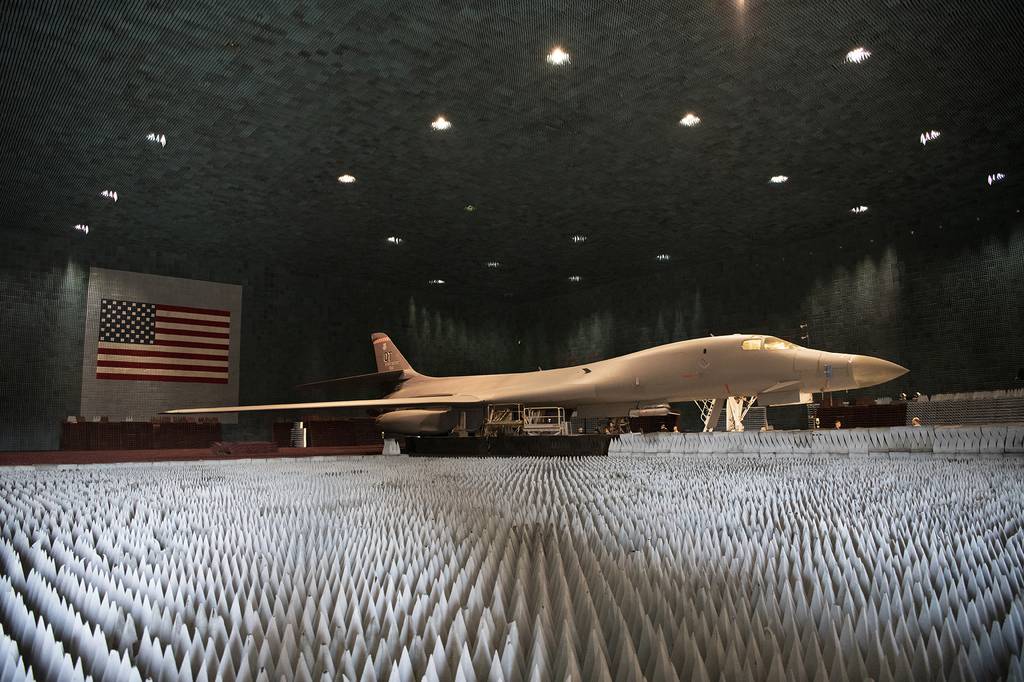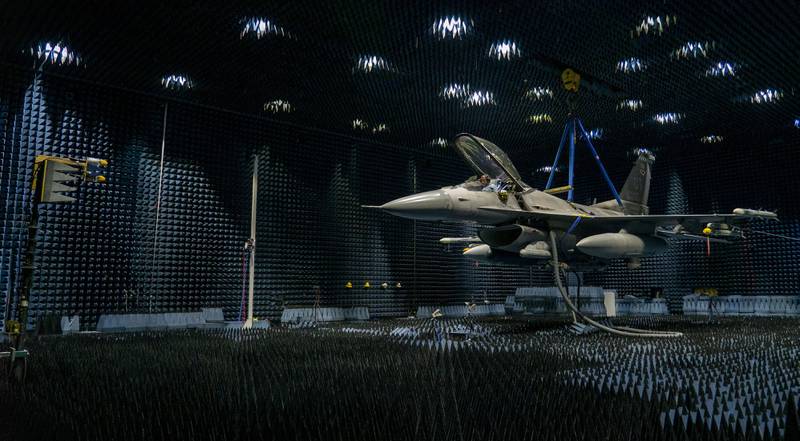HII Wins $76.7M Air Force Contract for Electronic Warfare Research and Analysis

HII’s Mission Technologies division has been awarded a $76.7 million task order by the U.S. Air Force to perform research, analysis, test and evaluation to support on electronic warfare and electromagnetic spectrum capabilities development.
“We are pleased to extend our partnership with the U.S. Air Force on a strategy to ensure EW and EMS dominance and enable the U.S. to maintain its advantage over a rapidly evolving global threat,” said Grant Hagen, president of the division’s Cyber, Electronic Warfare & Space business group. “The award reinforces the USAF’s confidence in our team, and we look forward to executing the contract.”
The EMS superiority development task order was awarded under the Defense Department’s Information Analysis Center’s multiple-award contract vehicle. The USAF 774th Enterprise Sourcing Squadron, part of the USAF Installation Contracting Center, awards DOD Information Analysis Center Multiple Award Contract
task orders through a competitive process.
HII has been supporting the program since 2017 and is teamed with DCS Corp., Modern Technology Solutions Inc., On-Line Applications Research Corp., Southwest Research Institute and Vanderbilt University to perform the work over five years.
Under the contract, the HII team will develop technical recommendations for the Advanced Capabilities and Strategic Integration team ⏤ part of the Air Force Life Cycle Management Center Electronic Warfare and Avionics Division. Areas of research may include artificial intelligence and machine learning, cyber and microelectronics.
HII’s research and analysis will help reduce technical risk, provide mature technologies and deliver systems engineering rigor needed to improve warfighter survivability at reduced total lifecycle cost.




